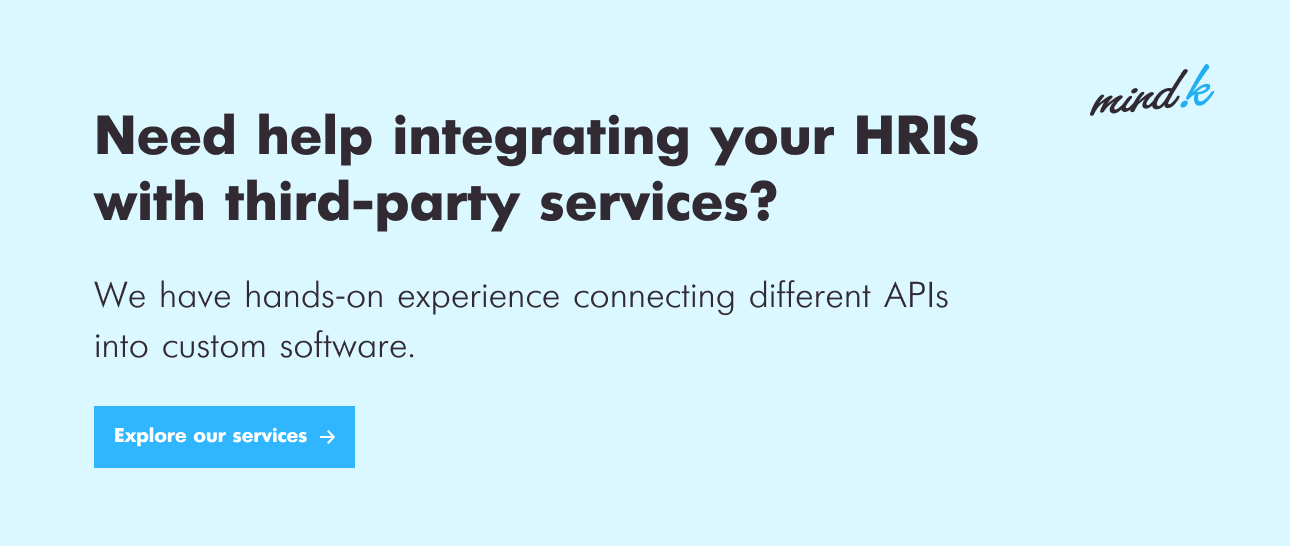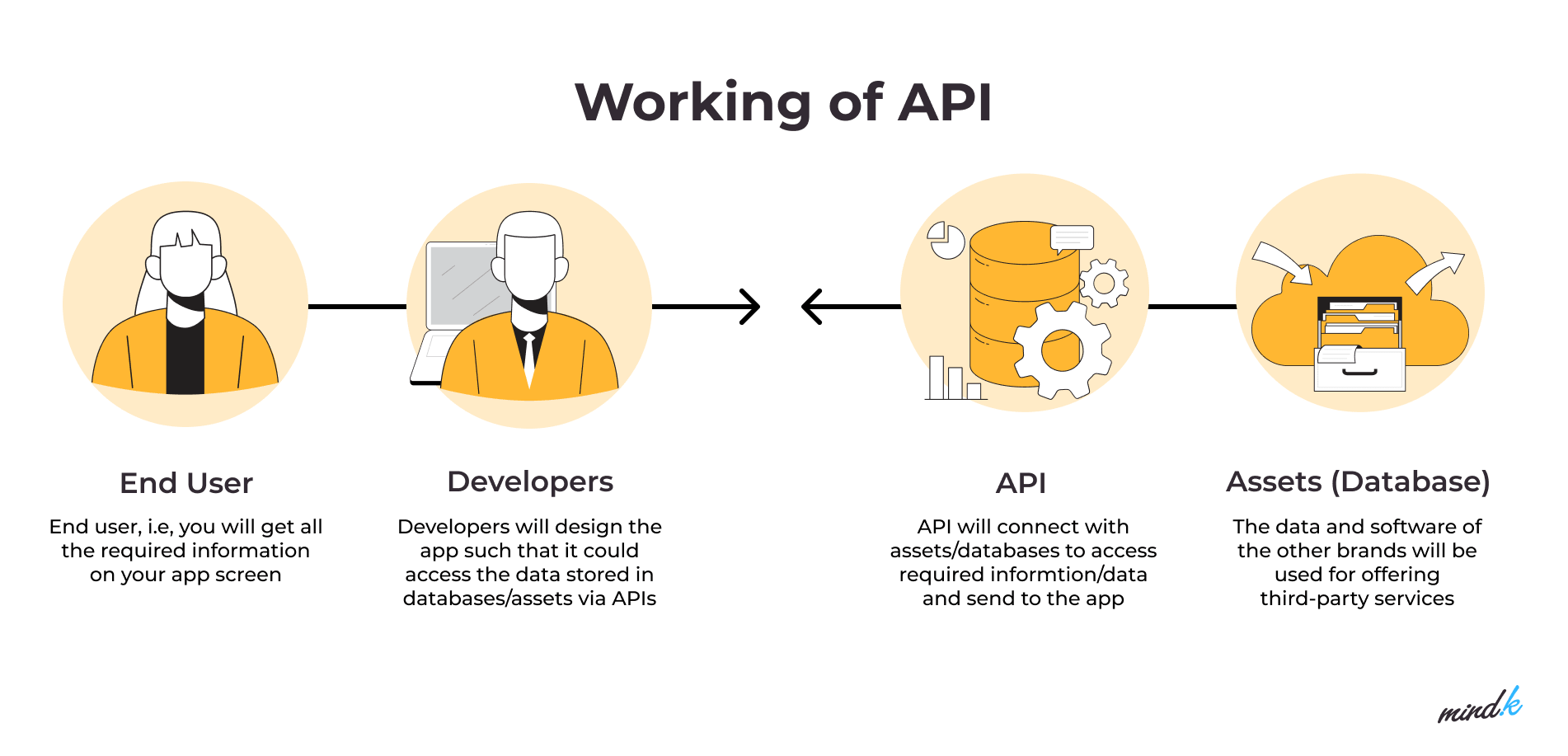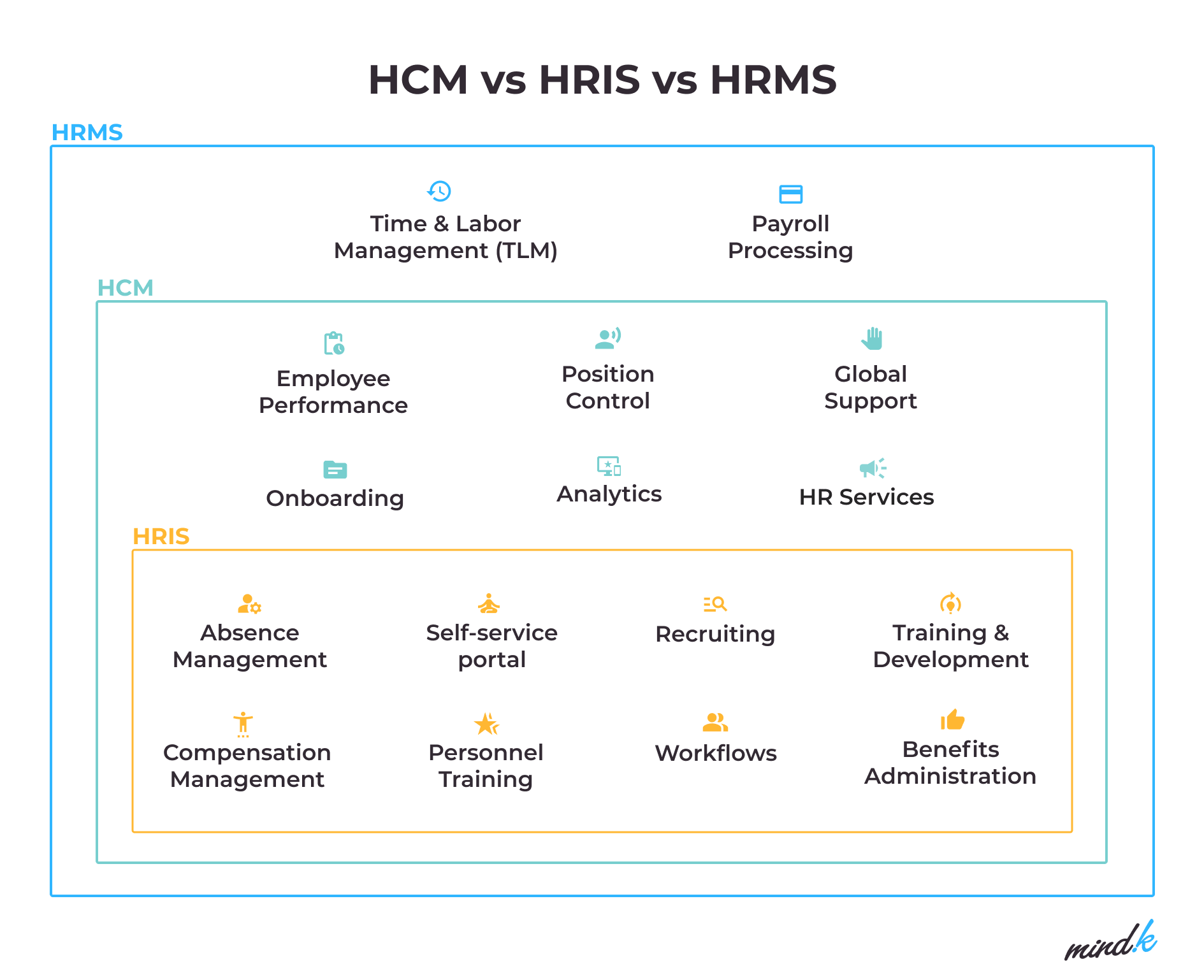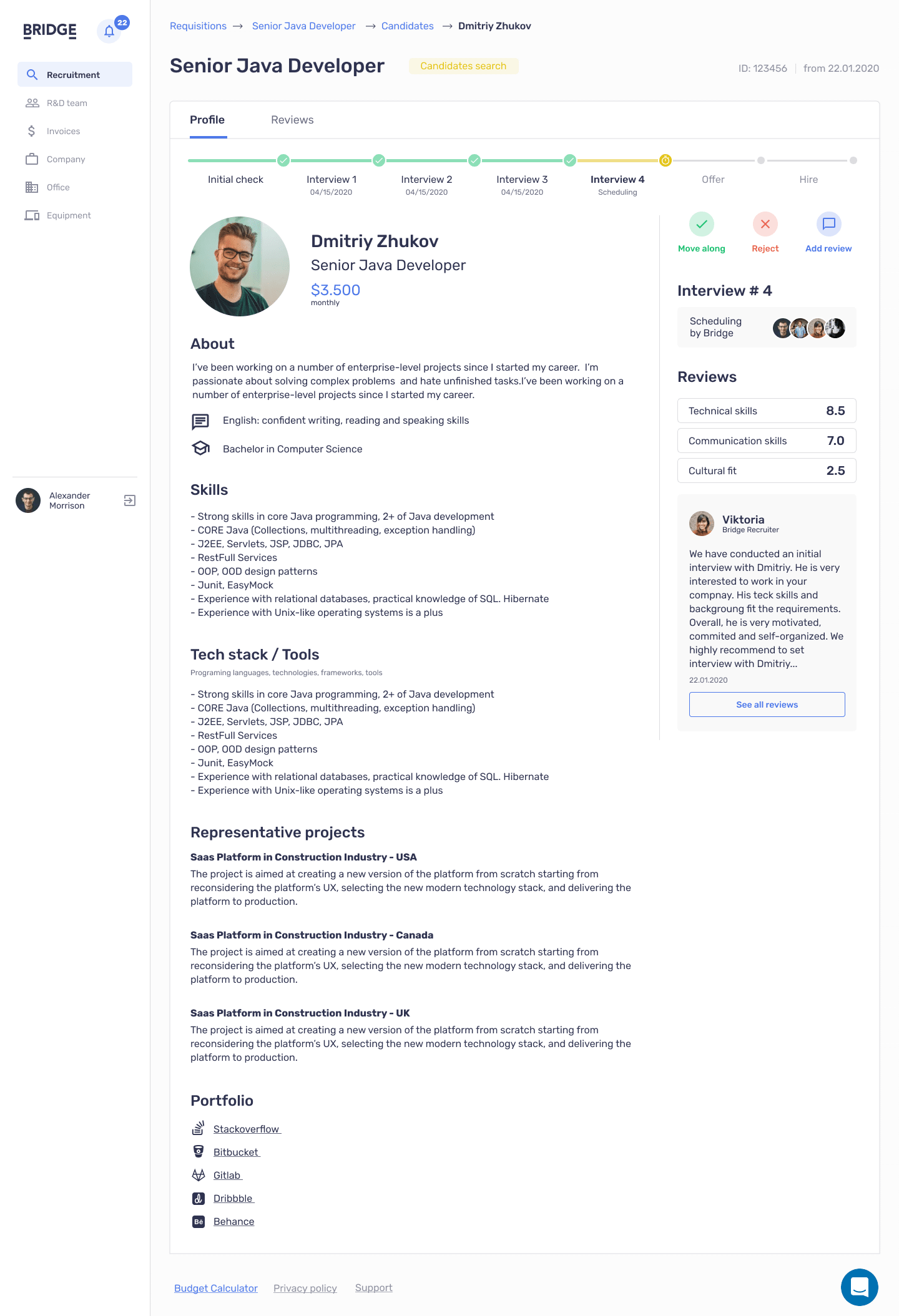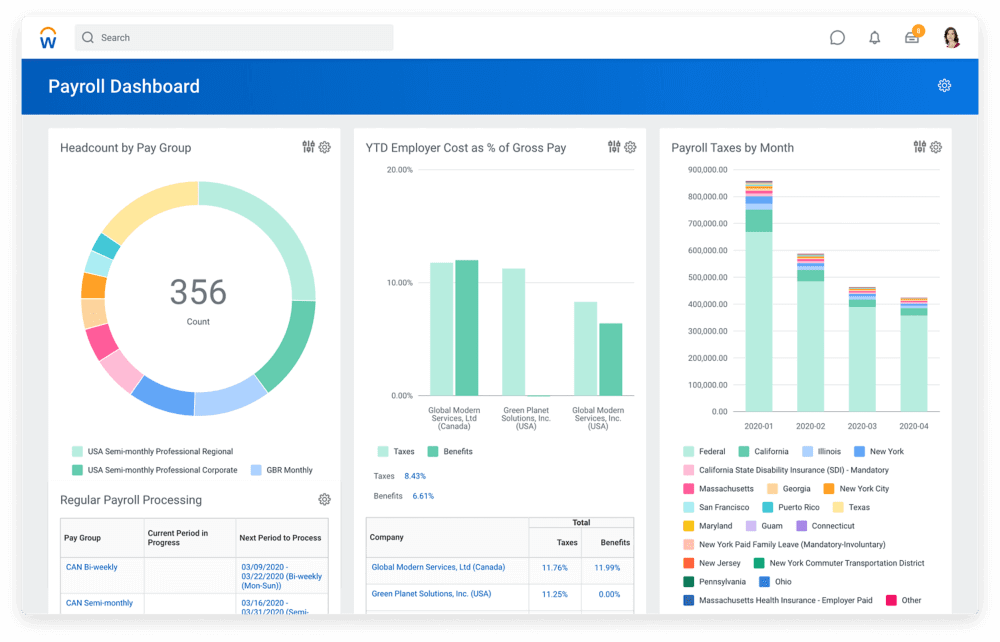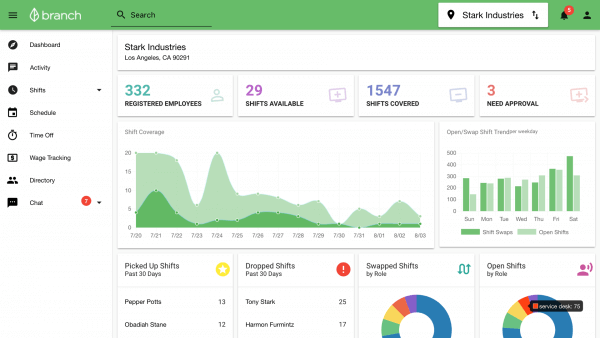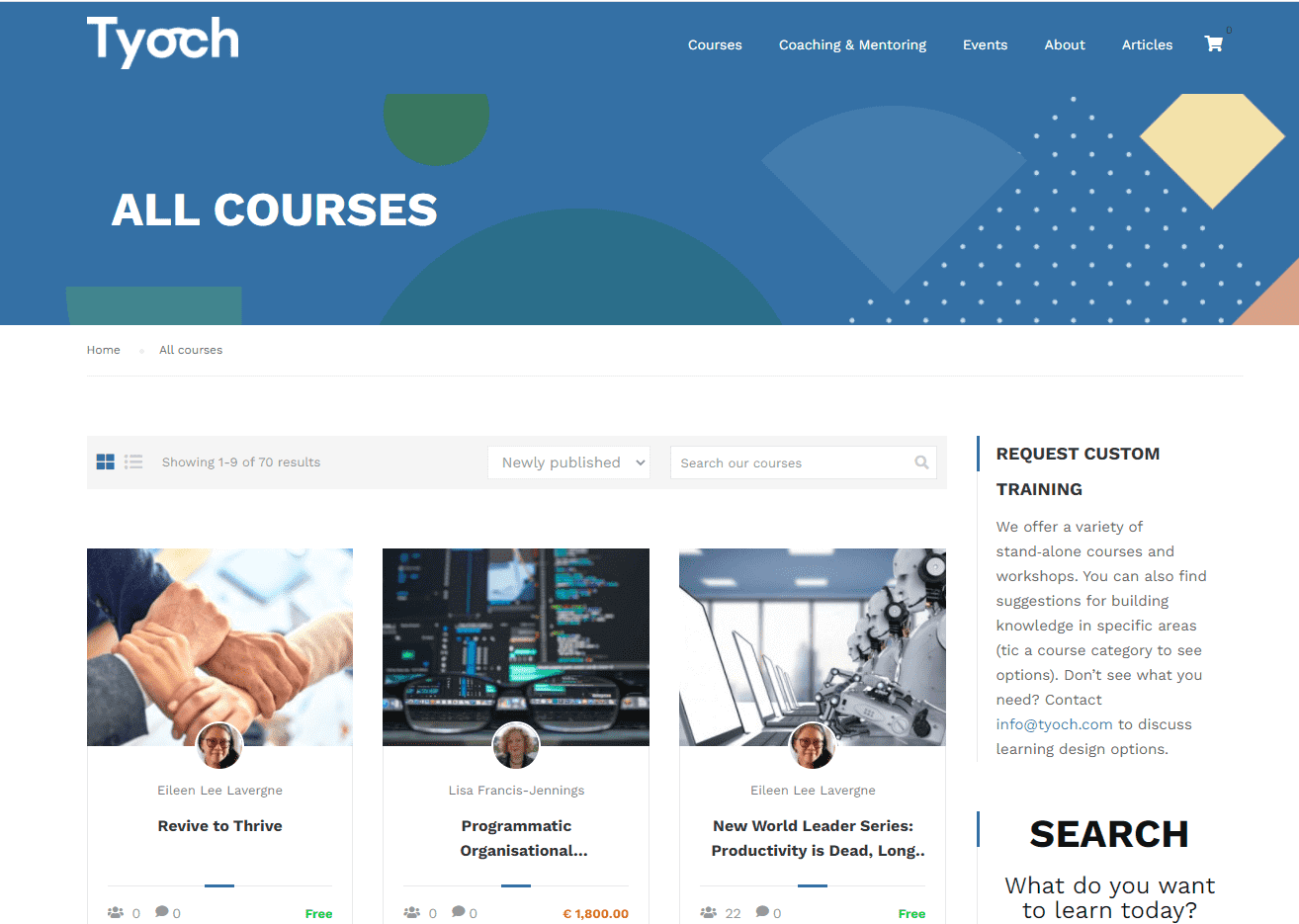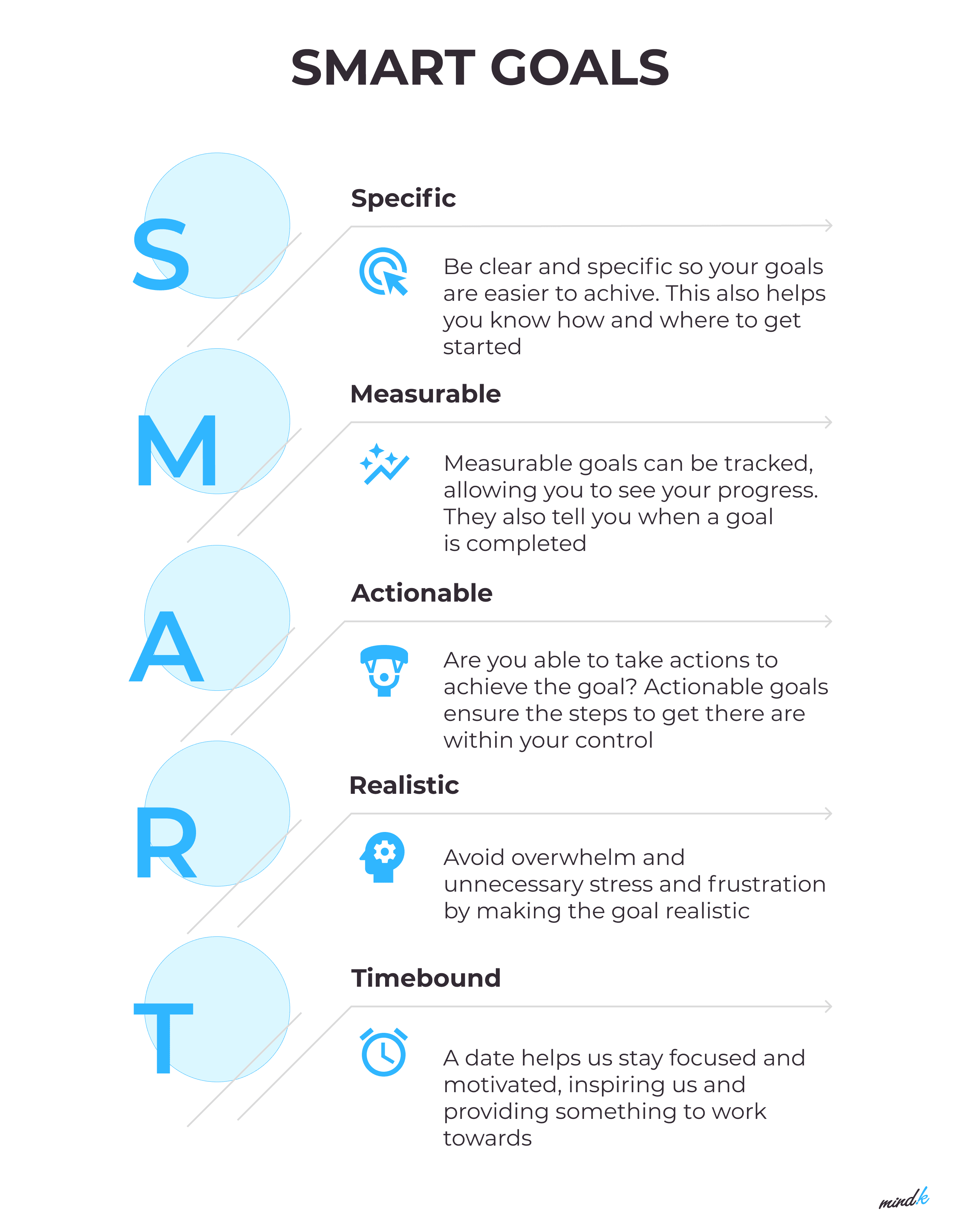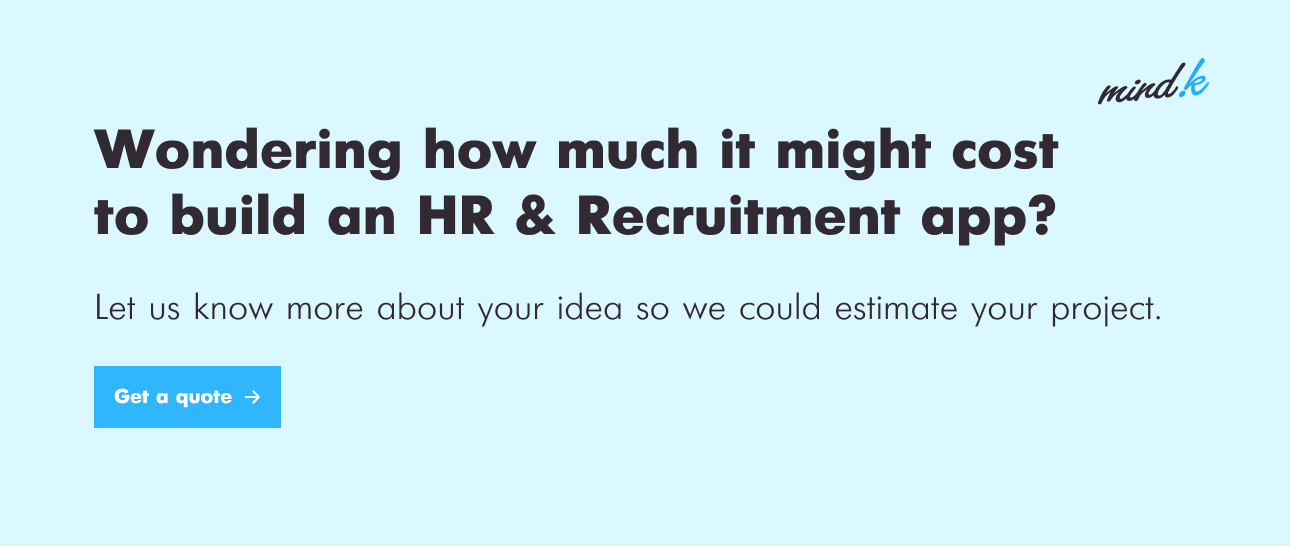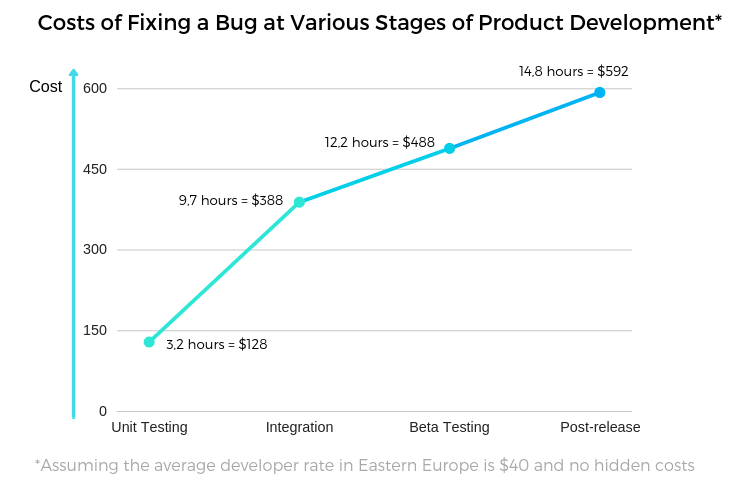Storing employee records in separate systems takes a lot of time and introduces a ton of errors. HRIS integration allows you to unite a variety of tools and add features you currently lack in a cost-efficient manner.
MindK has been in the business of building APIs and integrated solutions for more than 10 years. Here are the insights we gathered while delivering projects for our clients from the HR & Recruitment industry.
Table of contents:
- What is HR integration?
- When can it help you?
- Which tools to integrate with your HRIS?
- How to approach HRIS integration?
What is HRIS system integration?
Human Resources Information System (HRIS) integration involves connecting a variety of HR apps allowing them to exchange information. This means you enter the data once and it is instantly available in all of your tools. What’s more, your actions in one system can trigger a response in another app.
You can, for example, scrape a candidate’s information using your Applicant Tracking System (ATS), automatically move it to your internal HR tool post-hire, transfer the employee’s data to a payroll management module, and notify the badging office to issue a card for clocking in.
Such automation can free your HR staff from the routine allowing focus to more important tasks – hiring and retaining the kind of talent you need to grow your business.
Application Programming Interfaces (API) is the technology that powers integrated HRIS
When can HRIS integration help you?
There are two main cases for HRIS integration. The first is when you have a basic HR tool that lacks some crucial capabilities like payroll and workforce management. Ideally, such add-ons would be provided by your HRIS vendor. These add-ons, however, can be ill-suited to your HR workflows, or be absent from the vendor’s offerings.
One of our clients has, for example, used a 12 year-old system for managing applicants and hires. Its interface was extremely dated and the system was a pain to maintain. In the end, our client decided to scrap it altogether and build a new system together with MindK. to accommodate the company’s unique workflows and improve data consistency.
You can read more about building your own human resources system in our article on HRIS development.
In many cases, however, switching to a more comprehensive solution is just too costly. A more efficient approach is to add third-party functionality to your HR app via an API.
HRIS systems have fewer features compared to Human Capital Management (HCM) and Human Resources Management Systems (HRMS)
The second case for HRMS integration is connecting a variety of specialized tools, each covering one particular aspect of your HR needs. This so-called best-of-the-breed approach can sometimes offer deeper functionality at the cost of connectivity (which can be solved with HRIS integration).
Which tools to integrate with your HRIS?
Applicant Tracking Systems (ATS) allow you to optimize your hiring processes. With integrated human resources apps, you can automatically transfer the candidate’s personal information to your internal records; send pre-boarding instructions; walk the new worker through a personalized onboarding flow, and much more. If you want to learn more, check our article on ATS features.
Candidate tracking feature in the Bridge ATS developed by MindK [check the case study]
Payroll software is a must-have for any business. If it doesn’t talk to your HR tool, you’ll need to enter the same data multiple times. This leads to errors and payroll issues, as experienced by 82 million Americans. Global payroll management is another challenge as countries and states have different currencies and compensation rules. If payroll data isn’t properly integrated with your HR records, you’ll have to modify your fields to accommodate local tax and regulatory demands.
Payroll management dashboard. Source: workday.com
Workforce management apps can help you coordinate schedules, to track performance, and get a comprehensive overview of your workforce.
Branch workforce management software. Source: connecteam.com
Learning Management Systems (LMS) integration allows automatic creation of a new profile after hiring a worker; add results of compliance testing to employee records; and combine data from different systems to get accurate reports on employee training and development.
Tyoch Learning, a custom LMS built by MindK
How to approach HRIS integration?
#1 Define your goals
HRIS integration isn’t free, so you’ll need a strong business case before starting your project. Fortunately, there are a ton of benefits of an integrated HR system, including:
- No double entry
With HRMS integration, you no longer have to maintain clean and accurate records across several applications, saving hundreds of hours of additional, unnecessary work.
- Accurate data
Each time you do manual data entry, you risk introducing errors that can affect your bottom line (just consider how a wrong decimal can mess up your payroll). With integrated human resources apps, you only enter a record once which reduces the number of potential errors.
- Increased productivity
Tracking time, managing leaves and benefits, organizing payroll, and filing the taxes takes a lot of effort. Automating these tedious and repetitive tasks can free a ton of time for your HR staff.
- Improved decision-making
If employee data is scattered across isolated systems, it can be difficult to get a bigger picture. Having a single source of truth for your data can improve your reporting and analytical capabilities. You can, for example, identify high-performing workers among hundreds of candidates, anticipate turnover, and discover under-motivated workers. By sharing reports across departments, your executives can make better decisions informed by the hard data instead of gut feelings.
- Simplified compliance
Staying compliant is difficult when your data is stored in siloed systems. This is especially critical to a global payroll that has to deal with local differences. An integrated HRIS system can help you automate tedious compliance tasks and eliminate human errors.
Having a clear set of goals can help you steer the project in the right direction and avoid any conflicts of interest. These goals should ideally be Specific, Measurable, Actionable, Realistic, and Timebound (S.M.A.R.T) to help you measure the success of your project.
#2 Plan sufficiently
Look at the factors that will impact the project, both in a good and bad way. For example, if your company is currently going through a merger or updating the core HR systems, it may be a bad time to start a new project.
The workload is a big consideration as people who will be essential to integration might be busy with other projects.
A good start is to outline your current business processes. Involve teams from HR, accounting, payroll management, and other departments.
Together, describe your current bottlenecks and pain points. Which processes take too much time without automation? Where do you lose your data? Which teams are responsible for managing these processes and data?
Involving different stakeholders to outline your requirements and draft an HR integration project plan can ensure the new system will satisfy the needs of every department.
#3 Manage change in your company
Consider what it will take your people to get comfortable with the changes. Integration, after all, is not just a technology issue. While your leadership might see clear value, the same won’t always be true for your employees.
Address the worry of automation replacing jobs. Clearly communicate how the new system will impact the employees’ daily work to soften the resistance and improve adoption. Focus on the end-user needs, giving them accessible UI and straightforward workflows.
The HR tools you’re planning to integrate will likely be used by multiple departments that use their own tools and deeply rooted processes. So involve key stakeholders early on to get everybody on the same page. Allow them to define the guiding principles and make them responsible for specific areas such as payroll management or reporting.
#4 Set aside the necessary resources
As HR software systems can get pretty complex, integrating them can require time, money, and specific skills that might be lacking in your organization. Even if your IT personnel is experienced with integrations, additional projects can easily overwhelm them. At this point, it can be a good idea to involve domain experts and integration consultants. Here are some of the key skills to look for:
- Excellent communication skills.
- Knowledge of REST/SOAP architecture.
- Backend languages and frameworks (e.g. Node.Js, PHP, Python).
- Knowledge of different databases.
- API frameworks (e.g. Laravel, AdonisJS, Express.js).
- JSON/XML data formats.
- HTTP/HTTPS transport protocols.
- API security measures like OAuth2 and OpenID.
- API traffic control methods.
If you want to learn more about integrations and API development, check our article on how to build an API.
#5 Carefully study the API vendors
There are lots of vendors that provide APIs for human resource software. Some of them are free but most will be paid, their costs depend on the number of requests you make per month.
That’s why it’s important to carefully consider all alternatives, evaluating both their functionality and ongoing costs.
Making an integration directly in the code is tedious and time-consuming. That’s why the best APIs provide Software Development Kits (SDK) that have all the tools to build integrations at an abstraction level. These SDKs will usually support all the languages used on your project, but it’s always worth checking.
Another key thing to consider is the sandbox mode that will allow you to easily test the integrations without making actual requests (just imagine how awkward it would be to test payment gateway integrations if PayPal charged real money for test transactions).
#6 Prepare the data for integration
Even with the best systems, your data might have errors and inconsistencies that will present a challenge during the integration. It can be necessary to prepare your data, cleansing any errors before they can affect your bottom line.
Payroll integrations can, for example, need many varied inputs from your HR management software – names, positions, benefits, compensation rules, and so on. This data might need to be formatted in a predetermined way and can be riddled with errors if you’re outsourcing payroll to local services.
What’s more, the majority of HRMS tools don’t have all the data fields necessary for processing local payroll and reporting taxes. This disparity in data between payroll and HRMS will often necessitate country-specific modifications that are costly and a pain to maintain.
#7 Integrate your HR tools
After you choose the API provider, it’s time to highlight the specific functions that you want to integrate. The next step is usually pretty straightforward – get the credentials and integrate the system according to the API documentation. It’s a good practice to make your implementation as abstract as possible so that you won’t have to edit the application code if the vendor changes its API.
There are, however, a few conditions that can make the integration process much less straightforward. For example, not all systems can support third-party integrations or the documentation itself can be of a poor quality. What’s more, some APIs can be aimed at the enterprise market with sometimes absurd pricing.
But even with cheaper plans, direct integrations can be too costly due to development time if you have too many systems to connect. In such cases, data warehousing becomes a better, cost-effective alternative.
Recently, MindK completed such a project for one of our clients. The system serves as a single source of truth that provides accurate data for 10+ internal and consumer-facing apps. The approach will allow our client to integrate any new systems using up to 10x less development effort. So if this sounds like your case, you can contact us and we’ll gladly tell you more about the project.
#8 Test the new integrations
Thoroughly test any modifications to the system before going live. It’s crucial to run all scenarios to make sure your system functions as required. APIs can be a major source of vulnerabilities, so security checks are another must-have.
As a rule, the earlier you find a bug, the easier it is to fix it, and the lesser impact this bug will have on your system. That’s why we recommend our clients to use automated testing which can save you up to 75% on fixing bugs.
#9 Organize on-demand support
Even when you have the most well-planned and executed project, something still has a chance to go wrong. Your employees will also likely need some training to use integrations to their fullest. So it’s always a good idea to sign a support agreement with API vendors or development partners to make sure you’ll get enough help when you need it.
Conclusion
Connecting your ATS, LMS, HRIS and payroll systems can make a world of difference. Although benefits are great, HRIS integration can present challenges, both in tech and the people.
That’s why sufficient planning and change management are crucial for success. Another component is having the right skills to integrate heterogeneous systems.
MindK employs experienced API developers to make integrations as simple as ABC. We excel in building complex integrated apps and use the API-first approach for most of our projects.
So if you’ve got any questions about HRIS integrations or need a team of experts to connect your HR tools, you can always rely on MindK. Just fill the contact form and we’ll get back to you with a free consultation.

